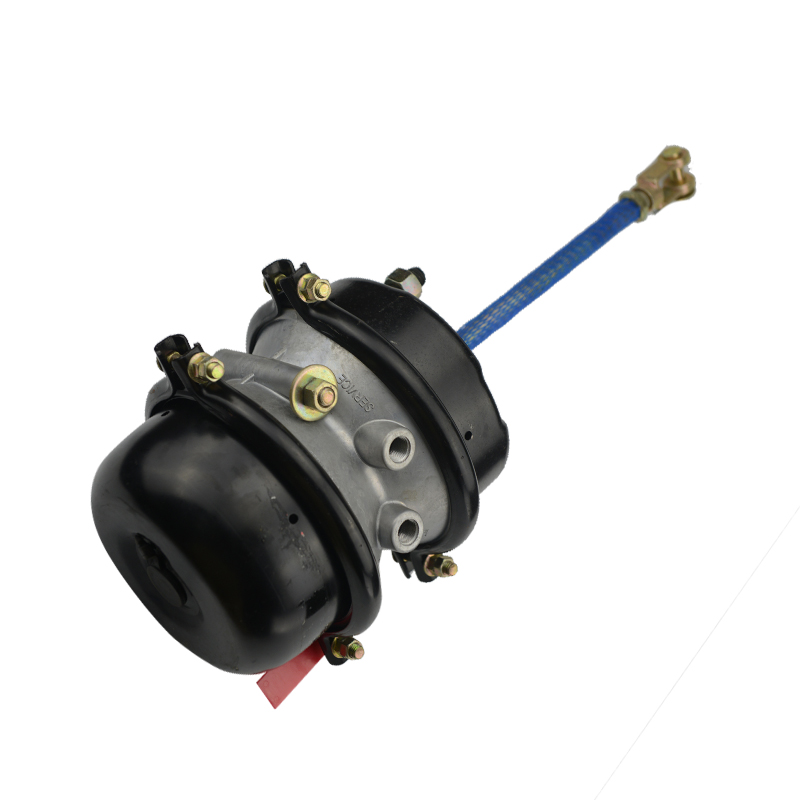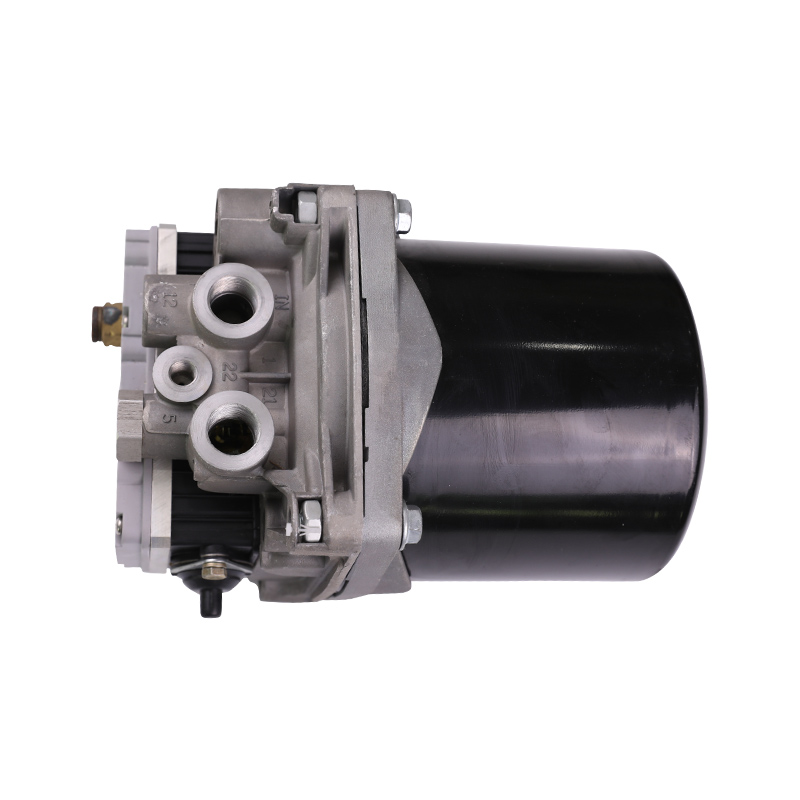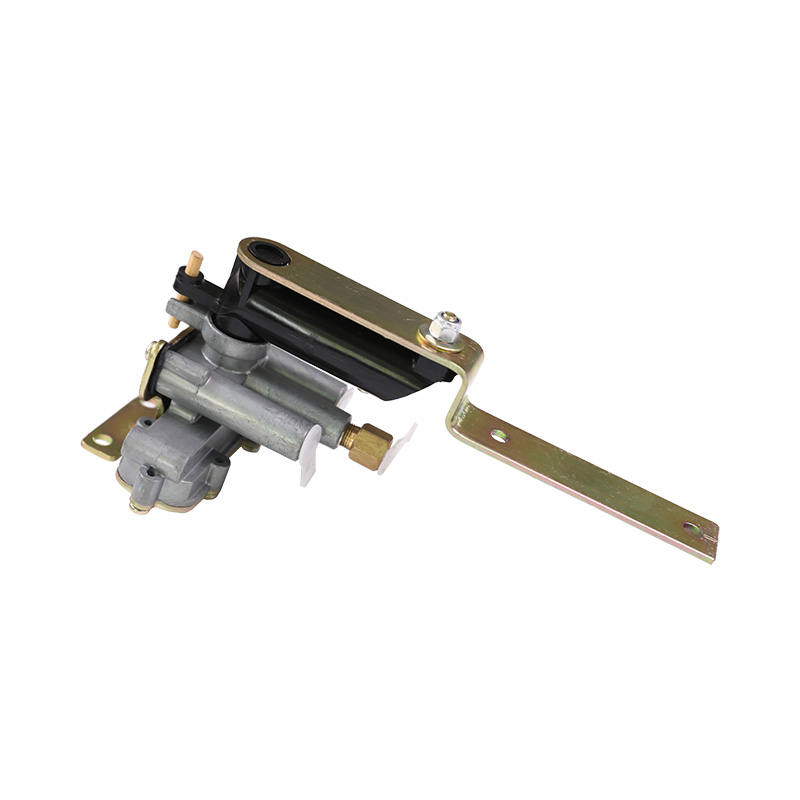Leakage from the handbrake valve exhaust port is a common and important fault phenomenon in the automobile braking system. If not handled in time, it will have a serious impact on the braking performance and driving safety. A detailed analysis of the causes, solutions and preventive measures for the handbrake valve exhaust port leakage will help improve the overall safety and performance of the car.
Analysis of the causes of handbrake valve exhaust port leakage
The reasons for handbrake valve exhaust port leakage are diverse, which can be summarized as follows:
Aging or damage of seals: The seals inside the handbrake valve, especially the seals of the intake valve and exhaust valve, may age, wear or corrode due to long-term use, resulting in a decrease in their sealing performance, which in turn causes gas to leak from the exhaust port.
Poor contact between the valve stem and the air valve: The gap between the valve stem and the air valve is too large, or there are interference factors such as foreign matter and oil stains, which will cause the two to be loose in contact, thereby affecting the sealing effect and causing air leakage from the exhaust port.
Internal damage to the exhaust valve: The exhaust valve itself may have manufacturing defects, or be damaged during use, such as valve core wear, spring failure, etc., which will cause the exhaust valve to be unable to close completely, causing air leakage.
Pipeline connection problem: If the pipeline connected to the hand brake valve is loose, damaged or poorly connected, it may also cause gas to leak from the exhaust port.
Solutions for hand brake valve exhaust port leakage
For the hand brake valve exhaust port leakage problem, the following solutions can effectively deal with it:
Replace the seal: For leakage caused by aging or damage of the seal, it is necessary to replace the new seal in time. When replacing, ensure that the model, specification and material of the new seal are consistent with the original part to ensure its sealing performance.
Cleaning and checking the valve stem and air valve: In the case of poor contact between the valve stem and the air valve, foreign matter and oil on the surface of the valve stem and the air valve should be cleaned, and the gap between the two should be checked. If necessary, adjust the gap between the valve stem and the air valve to ensure close contact.
Replace the exhaust valve: If the exhaust valve is damaged inside, a new exhaust valve needs to be replaced. During the replacement process, ensure that the quality of the new exhaust valve is reliable, and install and debug it strictly in accordance with the installation requirements.
Check and repair the pipe connection: For air leakage caused by pipe connection problems, check whether the pipe connected to the hand brake valve is loose, damaged or poorly connected. If necessary, reconnect or replace the damaged pipe to ensure the sealing performance.
Precautions and precautions
In order to effectively prevent the occurrence of air leakage at the exhaust port of the hand brake valve, it is recommended to take the following precautions and precautions:
Regular inspection and maintenance: Regularly conduct a comprehensive inspection and maintenance of the hand brake valve and its related components, and promptly detect and deal with potential problems to ensure the normal operation of the brake system.
Use high-quality accessories: When replacing the hand brake valve and its related components, you should use high-quality accessories with reliable quality to ensure its performance and service life.
Avoid long-term high-temperature operation: Long-term operation in a high-temperature environment may accelerate the aging and wear of the internal seals of the hand brake valve, so you should try to avoid running the vehicle for a long time under high temperature conditions.






